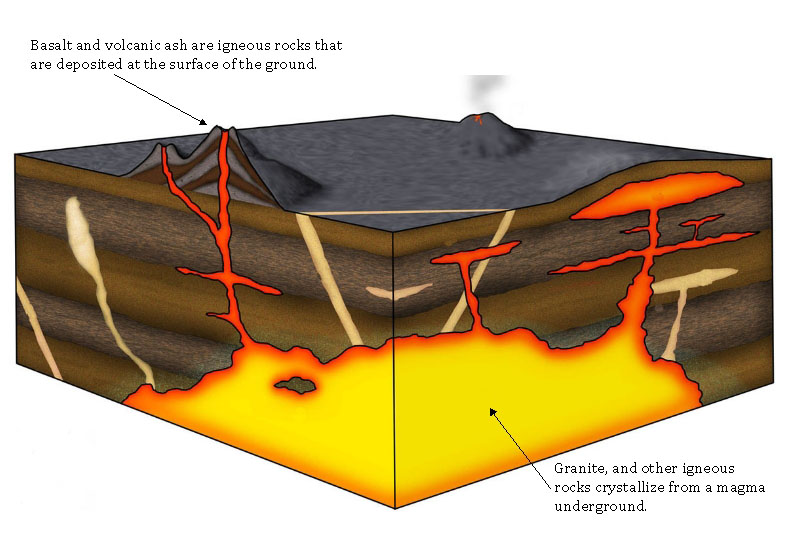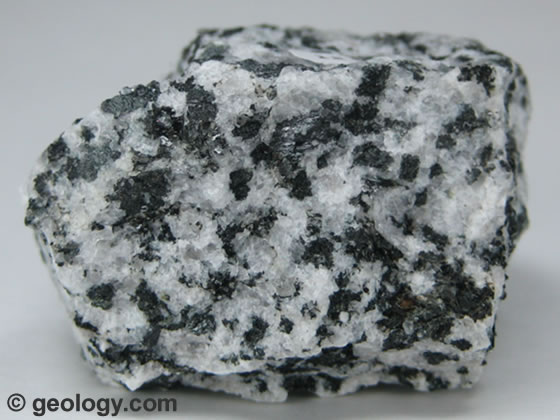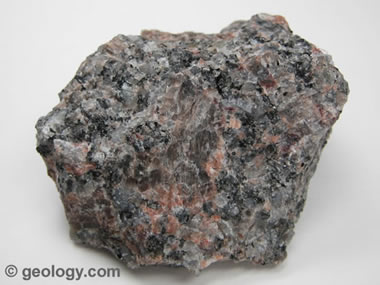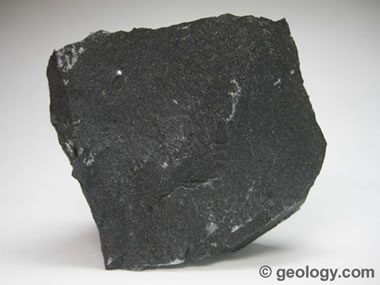The Formation of Igneous Rocks
Igneous rocks form from hot magma, or lava (magma outside the land) cooling. This forms different types of rocks. The type of rock that is formed depends on the temperature, weather, and where the magma is cooled, and how it is cooled. Igneous rocks are not usually common, and can be very pricy! They can include quartz, to the beautiful Obsidian rock, all the way to your luxurious granite countertops!
Intrusive Igneous Rocks
Intrusive igneous rocks are formed from magma that cools and solidifies within the crust of a planet. Surrounded by pre-existing rock, the magma cools slowly, and as a result these rocks are coarse grained. Intrusive rocks can also be classified according to the shape and size of the rock that is formed.
Some examples of intrusive rock include:
Diorite: it is a coarse-grained, intrusive igneous rock that contains a mixture of feldspar, pyroxene, hornblende and quartz.
Granite: It is composed mainly of quartz and feldspar with little amounts of mica, amphiboles and other minerals.
This is a picture of Diorite
This is a picture of granite
Extrusive Igneous Rocks
Extrusive igneous rocks are formed at the crust's surface as a result of the partial melting of rocks within the mantle and crust. Extrusive Igneous rocks cool and solidify quicker than intrusive igneous rocks. Since the rocks cool very quickly, they are fine grained.
Some examples of Extrusive Igneous Rocks include:
Obsidian- An igneous rock that forms when molten rock materials cools so rapidly that atoms are unable to arrange themselves into a crystalline structure. The result is a volcanic glass with a smooth uniform texture that breaks with a fracture.
Basalt- A dark colored fine grained igneous rock that usually forms from moving lava cooling. Basalt is earths most abundant bedrock as well.
Pumice- A light colored rock, usually full of holes, it is formed by the quick cooling of lava.
Where can I find igneous rocks?
Igneous rock can be found on the surface in areas of current or past volcanism or in uplifted and eroded areas of past plutonic intrusions, deep underground nearly anywhere, or in areas of past or present glaciation, where igneous rock has been eroded and deposited
A lot of useful information came from this website
http://geology.com/rocks/igneous-rocks.shtml
Feel free to check them out! they have alot of cool things to look at as well!
Thanks for reading the igneous rock page! Check out the other cool pages while your on here too!





